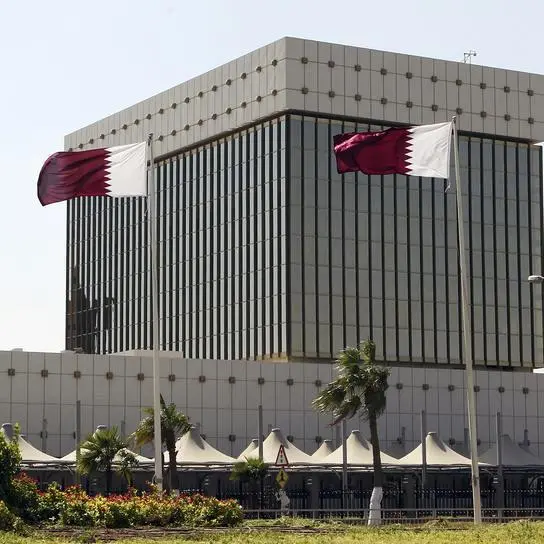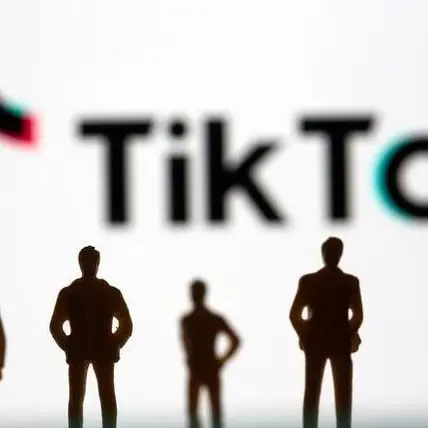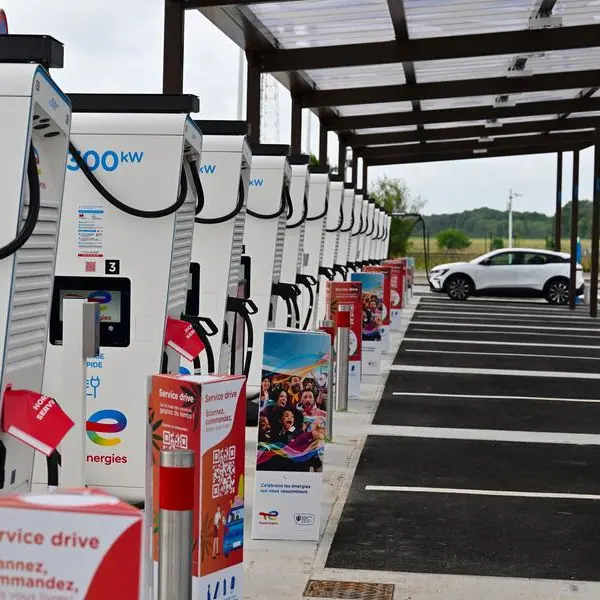Tuesday, Jun 16, 2015
Abu Dhabi: Guest arrivals into Abu Dhabi during the first four months of this year reached 1.37 million, marking a 20 per cent increase over the same period in 2014, according to the latest figures released by the Tourism and Culture Authority (TCA).
In a statement issued on Tuesday, TCA said that the increase in visitors has prompted the authority to raise its targets for 2015 from 3.5 million guests to 3.9 million.
The visitors delivered 3.9 million guest nights — up 11 per cent over the same time in 2014, with domestic tourism remaining the primary source of hotels guests and nights as it accounted for a lion’s share of 44 per cent of all arrivals.
Christopher Hewett, senior consultant at TRI Hospitality Consulting, said that Abu Dhabi’s relatively low hotel rates, particularly compared to Dubai, meant that the emirate was still attractive to European tourists.
Analysts had earlier predicted that the depreciating euro would take a toll on the UAE’s hospitality sector as Europeans have a weaker purchasing power.
“With Abu Dhabi, the government has also been aggressive in diversifying tourism offerings, trying to bring a greater diversity to the city, and it seems to be paying off. With the opening of Yas Mall towards late last year, they are able to play on the strong demand for quality retail and entertainment from GCC residents,” Hewett told Gulf News by phone.
He added that upcoming projects such as the museums on Saadiyat Island will help sustain the growth in guests to Abu Dhabi.
“I think [the challenges] now are about making sure there is a good spectrum of tourism attractions and entertainment facilities. There are a lot of big developments coming online… so as they [do], that will help in diversifying the product offering to offset the limited attractions that we have now,” Hewett said.
Meanwhile, Nikola Kosutic, research manager at research firm Euromonitor International, said that the growth in supply of hotels, along with the increase in flights to Abu Dhabi, helped boost guest numbers.
He added that he expected the growth to continue, surpassing growth rates in Dubai.
“Factors like the falling euro do have some negative effect on Abu Dhabi but not overall. We’re talking about a slowdown of arrivals from certain territories that are affected by that but this is offset by growth in other markets. Emiratis account for the largest arrivals, so obviously, they’re not affected by the euro,” Kosutic said.
Discussing the outlook for the emirate, he said. “There are surveys that show that Abu Dhabi is an unknown destination for majority of global travellers. There often comes a tipping point where destinations become world famous, and this is what happened to Dubai, and I think it will happen to Abu Dhabi too over the next five years.”
Occupancy rates during the first four months of the rose marginally to 79 per cent, as hotel revenues recorded a 12 per cent gain to Dh2.431 billion, the TCA report said.
The January to April performance has also been spurred on by growth in guest arrivals from China as 79,713 Chinese guests checked into Abu Dhabi’s hotels — a 75 per cent increase over the same period in 2014. The figures make China the third largest overseas market for the emirate.
Regionally, arrivals from Saudi Arabia jumped 46 per cent, making the kingdom the sixth largest international market for Abu Dhabi, behind the UK, India, China, Germany, and the US.
Further growth is expected this year from the US on the back of growth in airline capacity, and pre-entry customs clearance.
By Sarah Diaa Staff Reporter
Gulf News 2015. All rights reserved.











